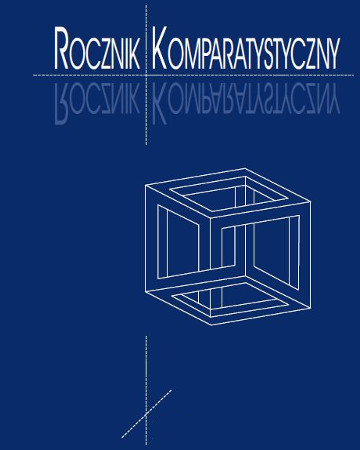





| Authors: |
Walter
Kroll
Georg-August-Universität Göttingen |
| Keywords: | comparative literature intermedial translation emblematics Kievan baroque culture trilingual Kievan culture rhetorics visual poetry iconography panegyrics emblematic sermon ars memorativa |
| Data publikacji całości: | 2014 |
| Page range: | 29 (197-225) |